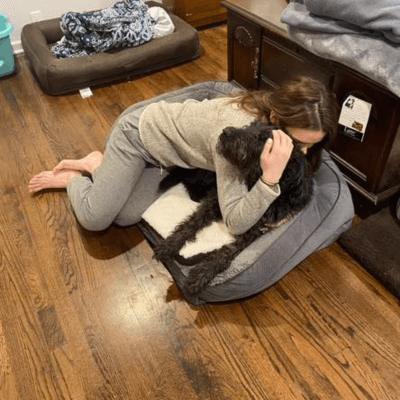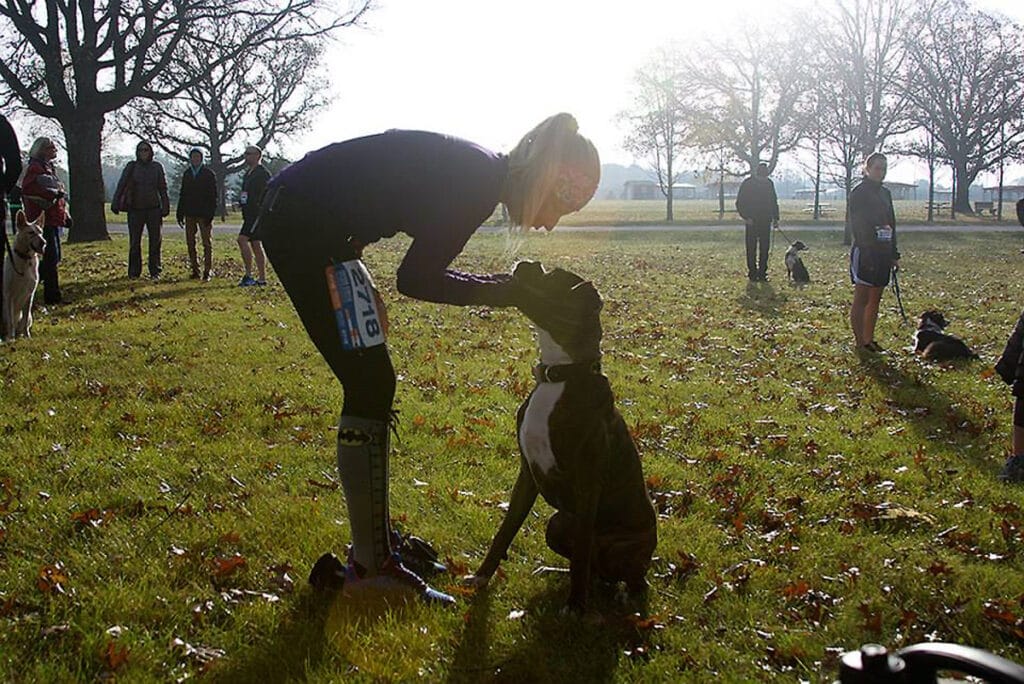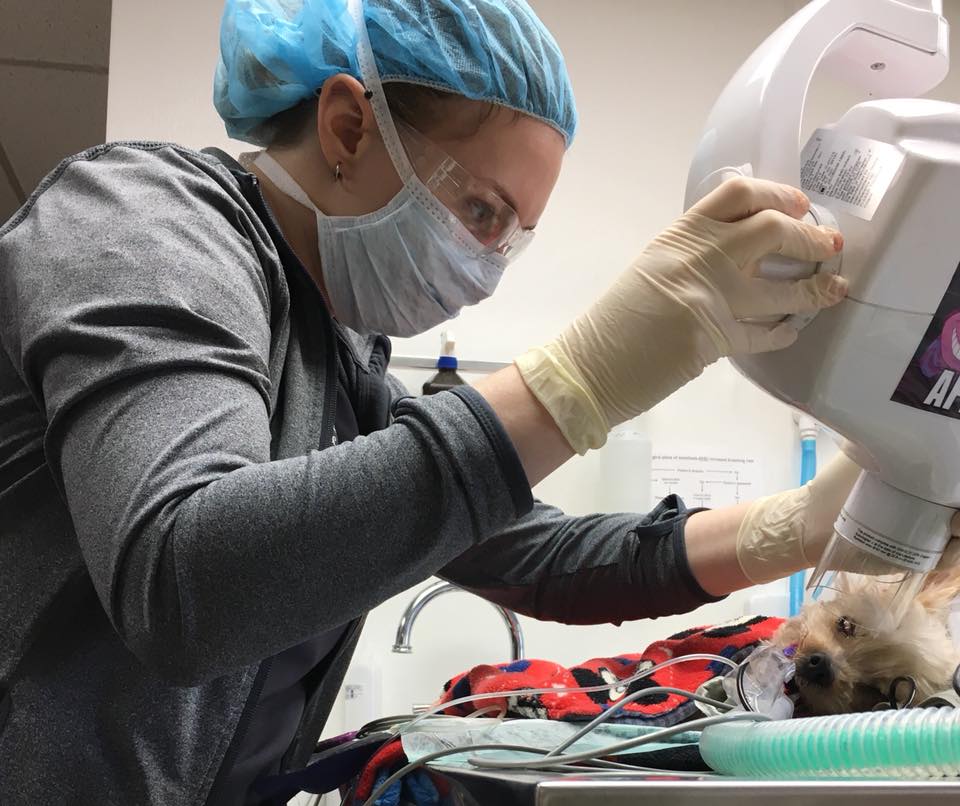Diagnosis: Zoe Has a New Lease on Life

Diagnosis
“Zoe “Woofy Girl” is 9 years old. In the fall of 2015, she started experiencing some sudden symptoms. She had a loss of appetite, extremely fast weight loss, coughing/gagging, lethargy, dazed eyes, and loss of bowels/bladder.
We took Zoe to Dr. Mike right away, and he quickly diagnosed her with Addison’s Disease. Although we did have to wait for the official results through blood tests, he was quick to recognize all of her symptoms and began treatment immediately. Without such a fast and critical response, Zoe may not be with us today.
Treatment
Dr. Mike saw Zoe for 3 consecutive days and gave her IV fluids to keep her hydrated. During this time, we waited for the official test results, which ultimately confirmed Dr. Mike’s diagnosis. Without Dr. Mike’s intuitiveness, Zoe may not have survived.
Recovery
Zoe now takes steroids every other day and has a shot every 26 days to keep her disease under control.
Today, she is back to herself again. She is active and playful and loves to lick everyone. She is the heart of our home, and we are so thankful she is still with us!”
—Brenda Weir, Owner Addison’s disease in dogs is also known as hypoadrenocorticism. It is a disease that results from the reduction in secretion from the adrenal gland. The adrenal gland is a small gland located near the kidney that secretes several different substances that help regulate normal body functions. Some of the most important products that it secretes are called glucocorticoids and mineralocorticoids.
Addison’s disease occurs with regular frequency in the dog population and is difficult to recognize initially. Once it’s diagnosed though, it can be successfully treated. Contact The Janesville Veterinary Clinic immediately if your dog is experiencing these common symptoms of Addison’s disease:
Symptoms and Types
Symptoms will vary depending on the duration of the problem. Life-threatening symptoms are usually observed in acute episodes of this disease. The following symptoms are commonly observed in dogs:
- Lethargy
- Lack of appetite (anorexia)
- Vomiting
- Weight loss
- Diarrhea
- Shaking
- Increased frequency of urination (polyuria)
- Increased thirst (polydipsia)
- Depression
- Dehydration
- Weak pulse
- Collapse
- Low temperature
- Blood in feces
- Hair loss (alopecia)
- Painful abdomen





